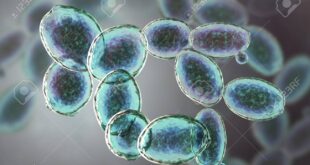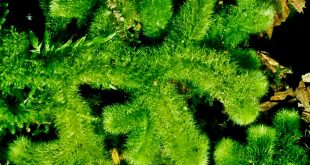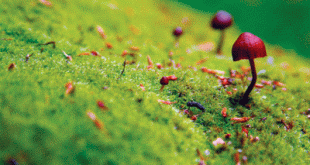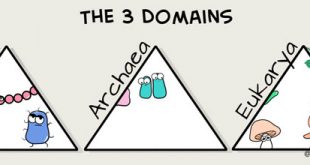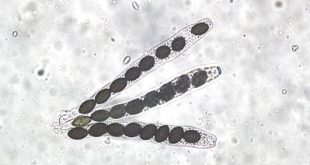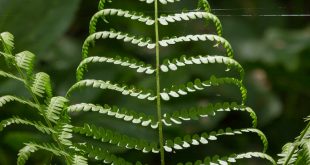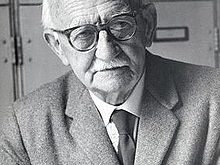Fungi are considered to be one of the most interesting sets of organisms. Some fulfills the basic necessities such as food, medicine, industrial raw materials and some succumbs the living entities to death.According to legend, three and a half millennia ago, the Greek hero Perseus accidentally assassinated his grandfather Acrisius, …
Read More »Bryophyta: Classification and Identification of Bryophytes
Living organisms are classified into five kingdoms by R.H. Whittaker. He classified living species based on cellular structure, manner of nourishment, body organization, reproduction, phylogenetic relationship, and other factors. Monera, Protista, Fungi, Plantae, and Animalia were the five kingdoms. According to the above-mentioned criteria, the plant kingdom has been divided …
Read More »Classification of Bacteria
We all agree that classification and taxonomy of organisms are desirable and necessary in cases of biological work. But, there is much disagreement as to the best method of classifying and naming living things. The zoologists and the botanists have arranged matters in their fields fairly satisfactorily, largely on the …
Read More »Deuteromycetes: The Fungi Imperfecti
Deuteromycetes- also known as Deuteromycota, Deuteromycotina, fungi imperfecti and mitosporic fungi- are fungi that are unable to produce sexual spores and are therefore placed in their own separate phylum. It is an artificial group of fungi, of which there exist approximately 15000 species. Deuteromycetes are often reffered to as “fungi …
Read More »Classification of Life: The Three Domain Concept
A domain is the highest taxonomic level of species in biology. In 1977, Woese and his coworkers developed the groundbreaking three-domain system. They proposed this classification based on differences in the sequences of nucleotides in the cell’s ribosomal RNAs (known as 16S rRNA). They created the first worldwide tree of …
Read More »Basidiomycetes: Characteristics & Classification
The fungi comprising the phylum Basidiomycota commonly are known as basidiomycetes. It is a large phylum that includes forms commonly known as mushrooms, boletes, puffballs, earthstars, stinkhorns, birds-nest fungi, jelly fungi, bracket or shelf fungi, and rust and smut fungi. Salient features Habit and habitat Both parasite and saprophytic. Some …
Read More »Ascomycetes: An Introduction to the Sac Fungi
The phylum Ascomycota (colloquially called ascomycetes) is by far the largest group of fungi, estimated to include more than 32000 described species in 3400 genera (Kirk et al., 2001). It is assumed that the majority of ascomycetes has yet to be discovered, and the total number of species may well …
Read More »Pteridophytes: Classification of Pteridophyta
The term Pteridophyta was first coined by Haeckel. Eichler (1883) divided the plant kingdom into Cryptogamia and Phanerogamia. The Cryptogamia was further divided into Thallophyta. Bryophyta and Pteridophyta. Engler (1909) included the Bryophyta and Pteridophyta under Embryophyta. Due to discovery of the fossil plants, the classification of Pteridophytes has undergone …
Read More »Cronquist’s System of Classification
Arthur Cronquist was the Senior Curator of New York Botanic Garden and Adjunct Professor of Columbia University. He presented an elaborate interpretation of his concept of classification in The Evolution and Classification of Flowering Plants (1968), The further edition of his classification was published in “An Integrated System of Classification …
Read More »Phylogenetic Classification of John Hutchinson
John Hutchinson was a British botanist associated with Royal Botanic Gardens, Kew, England. He developed and proposed his system based on Bentham and Hooker and also on Bessey. His phylogenetic system first appeared as “The Families of Flowering Plants in two volumes. The first volume contains Dicotyledons (published in 1926) …
Read More » Plantlet The Blogging Platform of Department of Botany, University of Dhaka
Plantlet The Blogging Platform of Department of Botany, University of Dhaka
